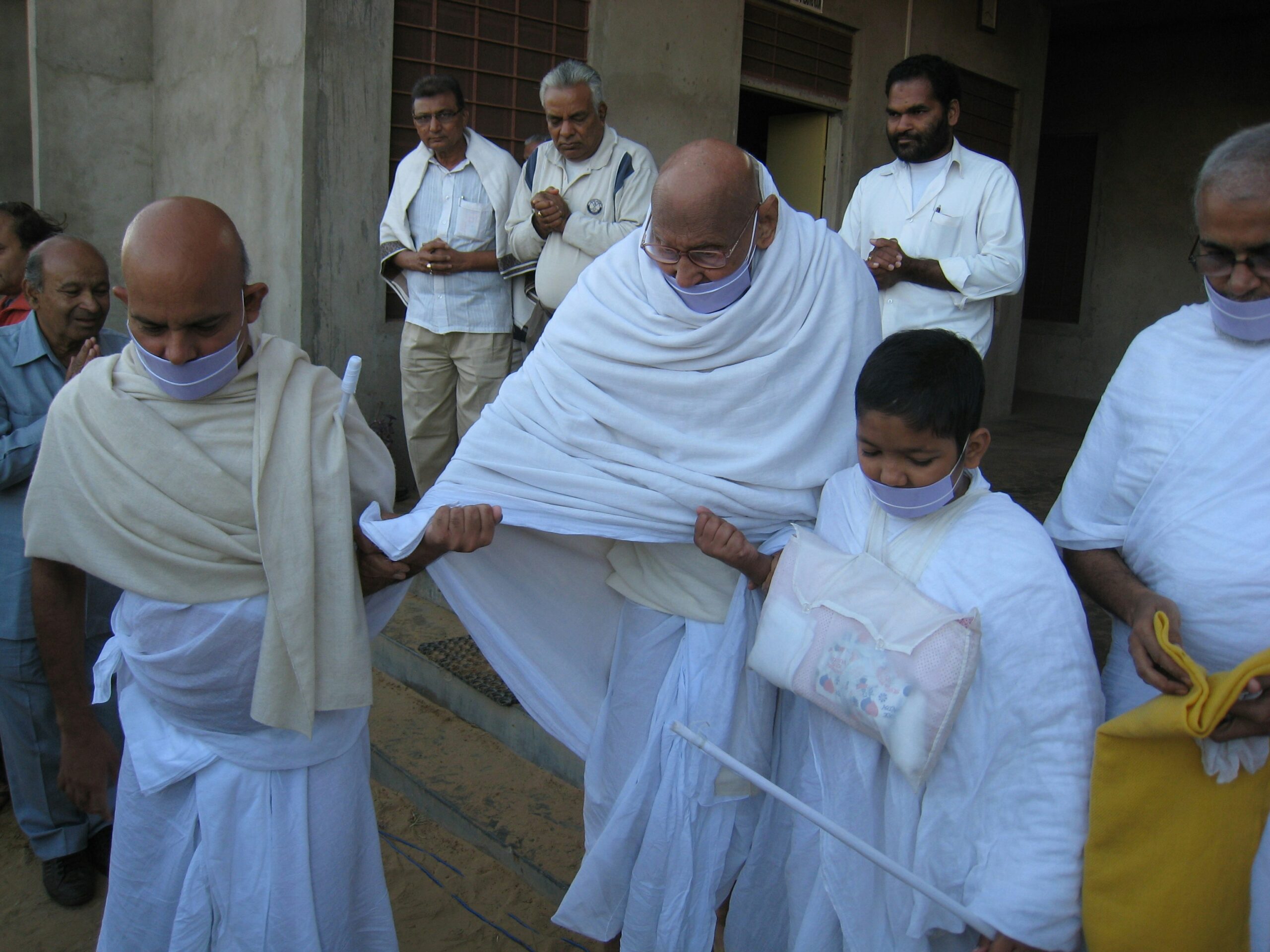The Seven Bodies of Man in Hinduism, Buddhism, Jainism, Sikhism, Judaism, Christianity, and Islam
Introduction
In various religious traditions, the concept of the human body extends beyond the physical form. Many belief systems acknowledge the existence of multiple bodies or layers that make up a person’s being. In this article, we will explore the concept of the seven bodies of man as understood in Hinduism, Buddhism, Jainism, Sikhism, Judaism, Christianity, and Islam.
Hinduism
In Hinduism, the seven bodies of man are known as the “Pancha Koshas” or the five sheaths. These sheaths represent different levels of existence and consciousness. They are:
- Annamaya Kosha: The physical body, is composed of five elements.
- Pranamaya Kosha: The vital body, associated with breath and life force.
- Manomaya Kosha: The mental body, related to thoughts and emotions.
- Vijnanamaya Kosha: The intellectual body, connected to wisdom and discernment.
- Anandamaya Kosha: The blissful body, representing the ultimate state of joy and spiritual fulfillment.
Buddhism
In Buddhism, the concept of the seven bodies is known as the “Sevenfold Division of a Person” or “Sevenfold Body of a Tathagata.” These bodies are associated with the stages of enlightenment and the qualities of a Buddha. They include:
- Rupakaya: The physical body, which can manifest in various forms.
- Vedanakaya: The body of sensations and feelings.
- Samjnakaya: The body of perceptions and mental formations.
- Sankharakaya: The body of mental constructs and volitions.
- Vijnanakaya: The body of consciousness and awareness.
- Dharmakaya: The body of ultimate truth and reality.
- Buddhakaya: The body of a fully enlightened Buddha.
Jainism
In Jainism, the seven bodies of man are referred to as the “Saptabhangi” or the seven-fold nature of reality. These bodies represent different aspects of existence and spiritual development. They include:
- Jiva: The individual soul, characterized by consciousness and sentience.
- Ajiva: The non-living entities that surround and interact with the soul.
- Asrava: The influx of karmic matter into the soul.
- Bandha: The bondage of the soul due to karmic accumulation.
- Samvara: The cessation of karmic influx.
- Nirjara: The gradual shedding of accumulated karmas.
- Moksha: The liberation of the soul from the cycle of birth and death.
Sikhism
In Sikhism, the concept of the seven bodies is associated with the “Sapt Pahar” or the seven watches of the day. These watches represent different states of consciousness and spiritual awareness during different times of the day. They are:
- So Purkh: The early morning hours, associated with meditation and connection with the divine.
- Amrit Vela: The pre-dawn hours, a time for reciting prayers and engaging in spiritual practices.
- Chatrik Vela: The morning hours, are a time for selfless service and helping others.
- Brahm Vela: The mid-morning hours, are a time for studying and contemplating on the teachings of the Guru.
- Pratah Vela: The afternoon hours, are a time for engaging in worldly responsibilities and work.
- Asa Di Var: The evening hours, are a time for congregational singing of hymns and praising the divine.
- Sodar Rehras: The night hours, are a time for reflection, gratitude, and preparation for a peaceful sleep.
Judaism
In Judaism, the concept of the seven bodies is not explicitly defined. However, the tradition acknowledges the existence of different aspects of the human being, including the physical body, the soul, and the divine spark within each individual.
Christianity
In Christianity, the concept of the seven bodies is not a widely recognized belief. However, the tradition emphasizes the importance of the physical body as a temple of the Holy Spirit and the soul as the eternal essence of a person.
Islam
In Islam, the concept of the seven bodies is not explicitly mentioned. However, the tradition recognizes the physical body as a creation of Allah and emphasizes the purification of the heart and soul through spiritual practices and adherence to the teachings of the Quran and the Prophet Muhammad.
Conclusion
The concept of the seven bodies of man varies across different religious traditions. While Hinduism, Buddhism, Jainism, and Sikhism have well-defined frameworks for understanding these bodies, Judaism, Christianity, and Islam focus more on the physical body, the soul, and the spiritual aspects of human existence. Regardless of the specific beliefs, these concepts offer a deeper understanding of the multi-dimensional nature of the human being and the potential for spiritual growth and enlightenment.

Thank you for reading this post, don't forget to subscribe!














